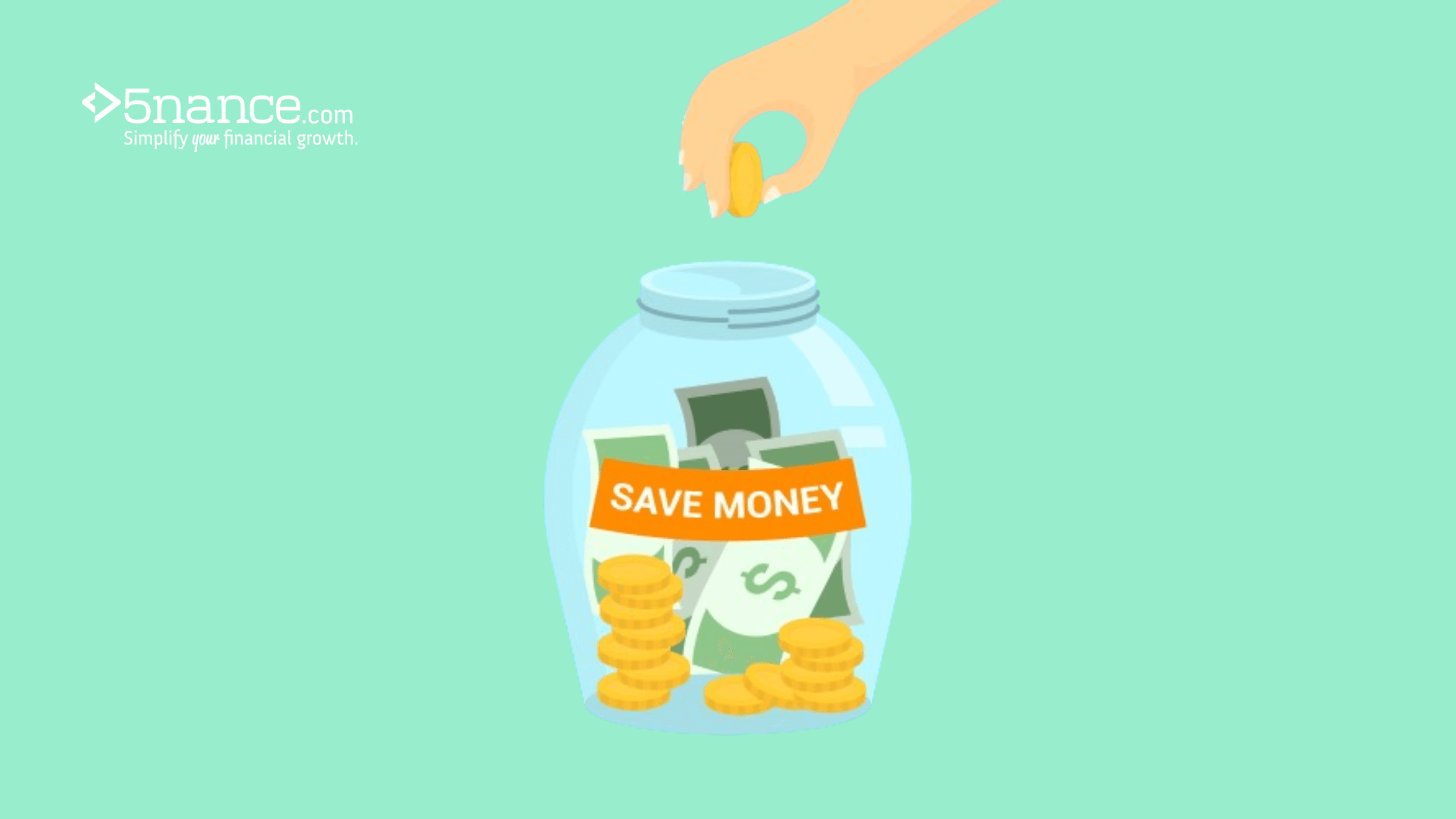How to Build an Emergency Fund from Scratch

Building an emergency fund is one of the most important Financial Goals you can set for yourself. An emergency fund is a savings account that you can tap into when unexpected expenses arise, such as medical bills, car repairs, or job loss. Having a well-stocked emergency fund can help you avoid going into debt or dipping into your long-term savings when life throws you a curveball.
Determine Your Emergency Fund Goal
The first step in building an emergency fund is to determine how much you need to save. Experts generally recommend having enough savings to cover three to six months' worth of living expenses. This can vary depending on your individual circumstances, such as your job stability, health, and other financial obligations.
To calculate your Emergency Fund Goal, make a list of your essential Monthly Expenses, such as Rent or Mortgage, Utilities, Groceries, and Transportation. Multiply this amount by three to six to determine your target savings amount.
For example, if your essential monthly expenses total ₹30,000, your emergency fund goal should be between ₹90,000 (3 months' expenses) and ₹180,000 (6 months' expenses). This may seem like a daunting amount, but breaking it down into smaller, more manageable steps can make it feel more achievable.
Create a Savings Plan
Once you've determined your emergency fund goal, it's time to create a Savings Plan. Start by setting aside a specific amount of money each month, even if it's a small amount. Automating your savings can make this process easier, as the money will be transferred to your emergency fund before you have a chance to spend it.
If you're having trouble finding extra money to save, consider cutting back on non-essential expenses, such as Dining Out, Entertainment, or OTT Subscription Services. You can also look for ways to increase your income, such as taking on a side gig or asking for a raise at work.
One effective strategy is to set a Savings Goal that aligns with your pay schedule. For example, if you get paid bi-weekly, you could aim to save ₹100 from each paycheck, which would add up to ₹2,600 per year. Gradually increasing your Savings Amount as your income grows can also help you reach your goal more quickly.
Choose the Right Savings Account
When it comes to your emergency fund, you'll want to keep your savings in a high-yield savings account or can have a Recurring Deposit(RD) or Fixed Deposit(FD). These typically offer higher interest rates than a traditional savings account, which can help your money grow faster.
It's also important to keep your emergency fund in a separate account from your regular checking or savings account. This will help you avoid the temptation to dip into your emergency fund for non-emergency expenses.
Look for accounts with no monthly fees, Low Minimum Balance Requirements, and easy access to your funds. Online banks often offer the best interest rates on savings accounts, so be sure to check around and compare options.
Maintain Your Emergency Fund
Once you've built up your emergency fund, it's important to maintain it. Regularly review your expenses and adjust your savings plan as needed. If you do need to use your emergency fund, make a plan to replenish it as soon as possible.
It's also a good idea to review your emergency fund goal periodically, as your expenses and financial situation may change over time. You may need to adjust your target savings amount if you experience a significant life event, such as a job change, marriage, or the birth of a child.
Remember, building an emergency fund takes time and discipline, but it's a crucial step in achieving Financial Security. By having a well-stocked emergency fund, you can rest easy knowing that you're prepared for whatever life throws your way.
FAQs
Q: How much should I aim to save in my emergency fund?
A: Experts generally recommend saving enough to cover 3-6 months' worth of living expenses. This can vary depending on your individual circumstances, such as your job stability, health, and other financial obligations.
Q: What type of account should I use for my emergency fund?
A: A high-yield savings account or money market account are good options for your emergency fund, as they typically offer higher interest rates than a traditional savings account. Look for accounts with no monthly fees, low minimum balance requirements, and easy access to your funds.
Q: What if I need to use my emergency fund?
A: If you need to use your emergency fund, make a plan to replenish it as soon as possible. Avoid dipping into it for non-emergency expenses, as this can undermine your financial security.
Q: How can I make saving for my emergency fund easier?
A: Consider automating your savings by setting up a recurring transfer from your checking account to your Emergency Fund. This can help you build up your savings without having to think about it. You can also try to increase your savings amount gradually as your income grows.
Q: How often should I review my emergency fund goal?
A: It's a good idea to review your emergency fund goal periodically, as your expenses and financial situation may change over time. You may need to adjust your target savings amount if you experience a significant life event, such as a job change, marriage, or the birth of a child.
Conclusion
Building an emergency fund is a crucial step in achieving Financial Security, and with a little Planning and Discipline, it's a goal that's within reach for many people. By following the steps outlined in this blog, you can start building your emergency fund from scratch and feel confident that you're prepared for whatever life throws your way.




